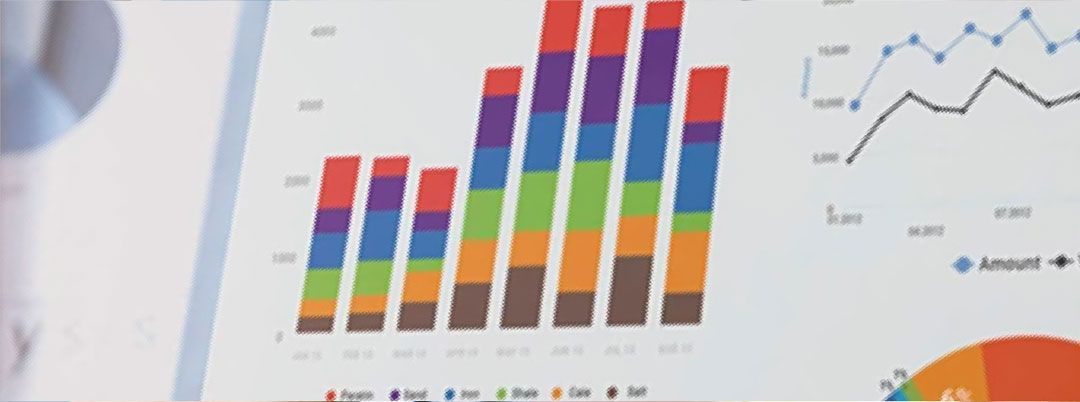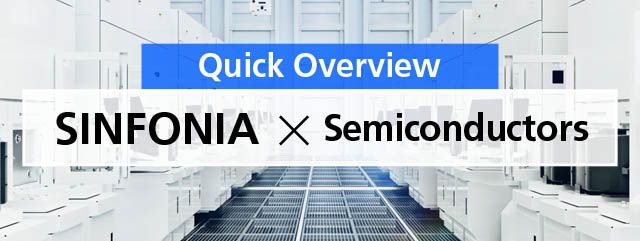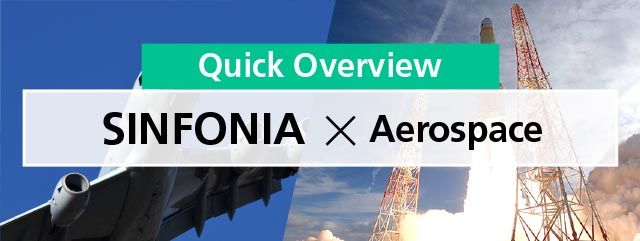Growth Strategy: Aerospace Industry
From An Unmanned Space Cargo Transporter to the H3 Rocket
SINFONIA’s first entry to the aerospace field was the development of electric motors for hydraulic pumps mounted on the Japanese flagship rocket "H-I rocket" launched in 1986.
Following this, SINFONIA continued to successfully take on new challenges, such as high-voltage current control in space and achieving power density exceeding that of hydraulic systems.
Thereafter, SINFONIA succeeded in electrifying actuators for space use.
We subsequently progressed to delivery of power systems for space applications, such as those for the space shuttle “Endeavour,” the Japanese experiment module “Kibo” on the International Space Station (ISS), and the unmanned cargo transporter (H-II Transfer Vehicle; HTV) “Kounotori.”
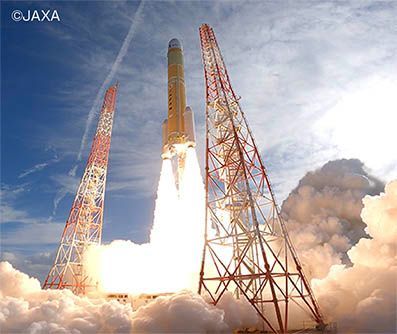
H3 rocket
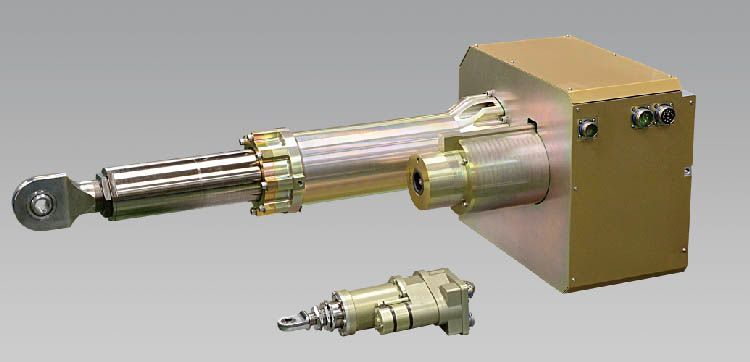
H3 rocket stage 1 and stage 2 attitude control actuators
In the field of space rockets, from H-I to H-II to Epsilon and now the H3 rocket, SINFONIA has been the sole domestic supplier of electrical components such as attitude control actuators and propulsion controllers.
SINFONIA contributes to the remarkable launch success rate of rockets developed in Japan and to moving the space industry forward.
The Only Japanese Manufacturer of Aircraft Power Generation Systems
SINFONIA’s entry into the aerospace field dates from our successful development of aircraft generators during the company’s early years.
Various units such as power systems, including generators that can be installed in the limited space available on aircraft, require high technological capabilities to maintain performance while minimizing size and withstanding impact and temperature fluctuations.
Drawing on the technical expertise we have accumulated since our founding, SINFONIA contributes to safe and secure living environments.
We serve as the only Japanese manufacturer of power supply systems, delivering electrical equipment from power generation to distribution for aircraft.
With technology capable of withstanding harsh conditions such as sudden temperature changes and impacts in the skies, SINFONIA proudly holds the top market share in defense aircraft in Japan, an area which has recently become more necessary.
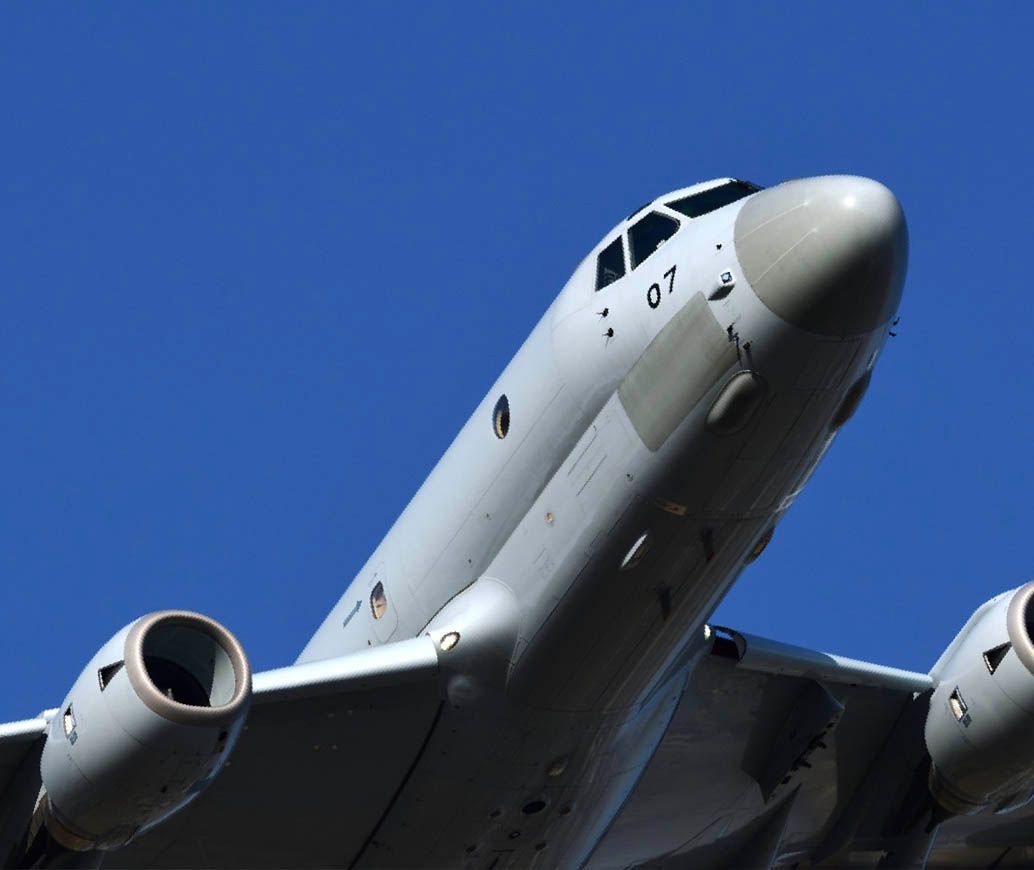
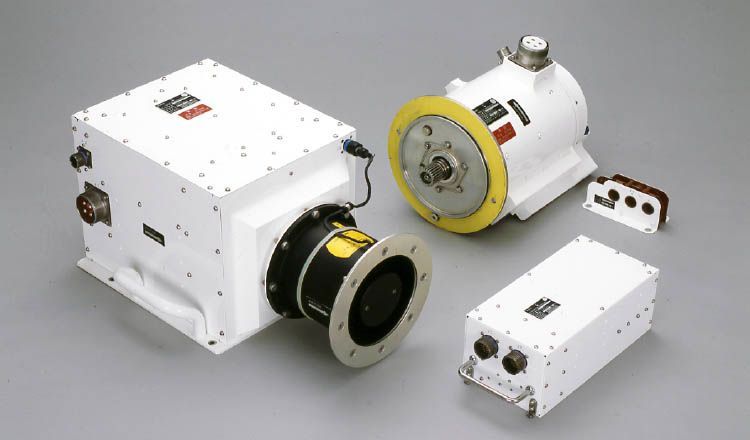
40kVA VSCF power generation system
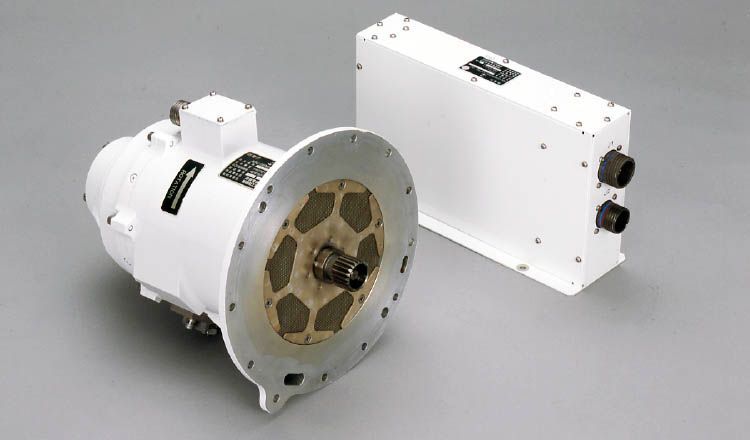
Venture into the Aviation and Aerospace Fields
Just three years after our establishment in 1917, SINFONIA entered the aviation industry with the development of Japan's first aircraft fan-driven power generator, which served as a power source for pilot heaters.
Since then, we have been accumulating expertise in ensuring operability in harsh aerial environments.
In 1937, our engine-direct current generator was adopted for the Japan made aircraft, which flew between Tokyo and London in 51 hours, 19 minutes, and 23 seconds, an astonishing record at the time.
This direct current generator fully showcased our accumulated expertise, earning high praise for SINFONIA's products and technical skills.
We continued to develop a record of resilience and quality in the harsh environmental conditions necessarily accompanying use in aircraft, and later applied this know-how to various other SINFONIA products, including space equipment.

Garnering a track record in electrical components for aircraft since our founding
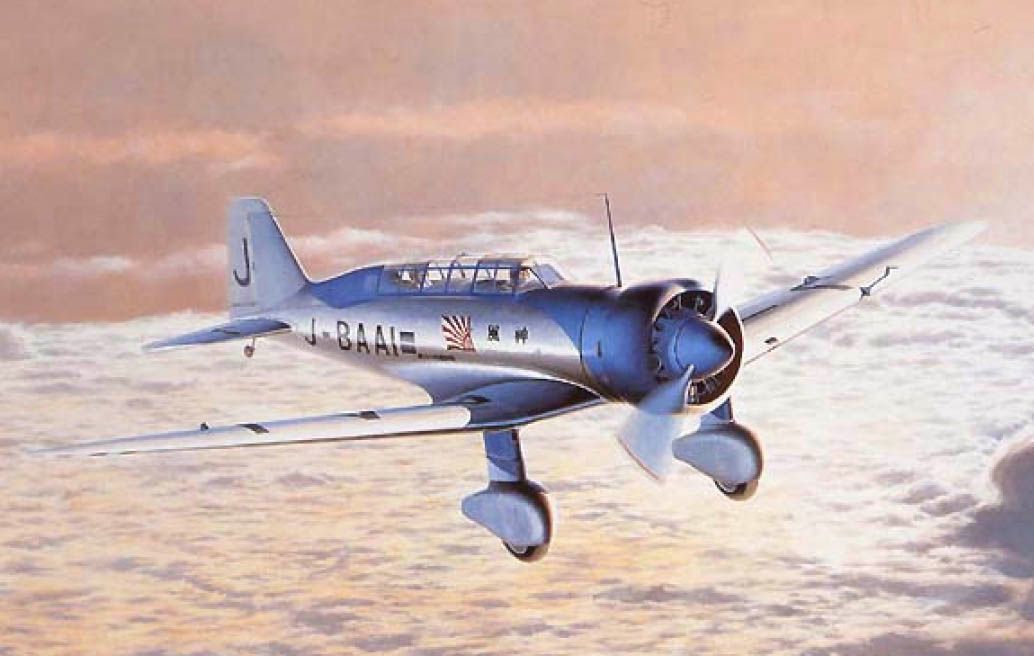
In 1937, the made-in-Japan aircraft of the Asahi Shimbun Company successfully made the first flight between Tokyo and London.
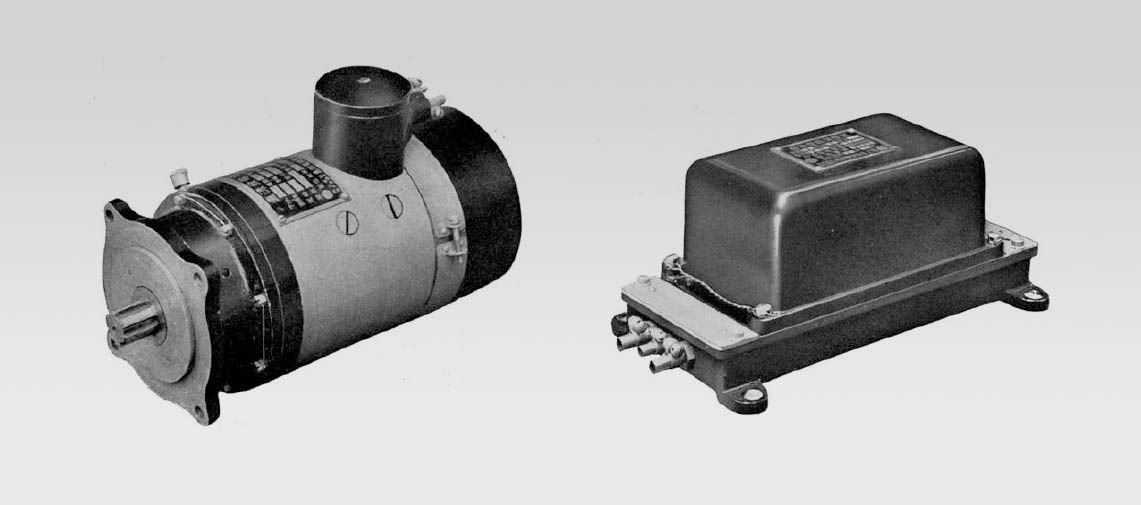
The engine-direct generator/automatic voltage regulator installed on the aircraft
Aviation and Aerospace Business Details
Currently, SINFONIA is the only manufacturer of aircraft power generation systems in Japan.
Our aviation and aerospace businesses account for a significant portion of our motion equipment segment.
With an increase in opportunities emerging in aircraft electrification, Japanese rocket development, and defense, we plan to actively invest in expanding SINFONIA's technological capabilities, positioning these fields as a growth business.
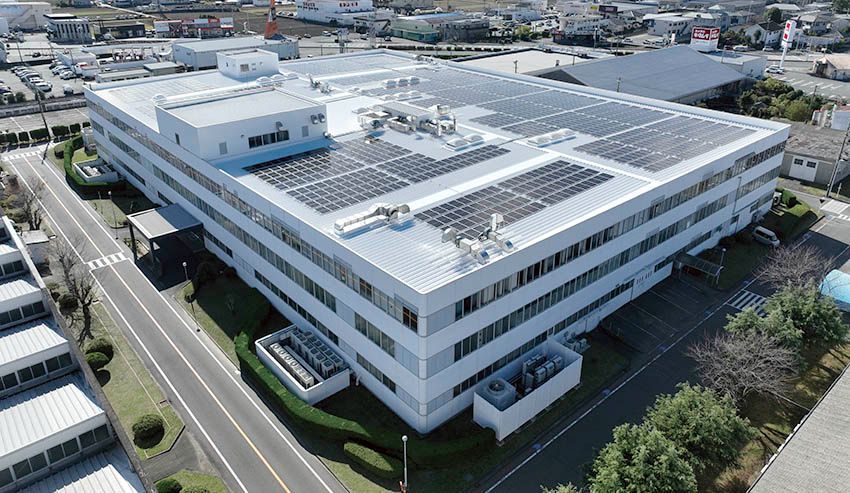
Our Aviation and Aerospace Plant (Ise Plant) develops and manufactures aviation- and aerospace-related equipment and environmentally hardened products. The plant is equipped with various environmental testing facilities.
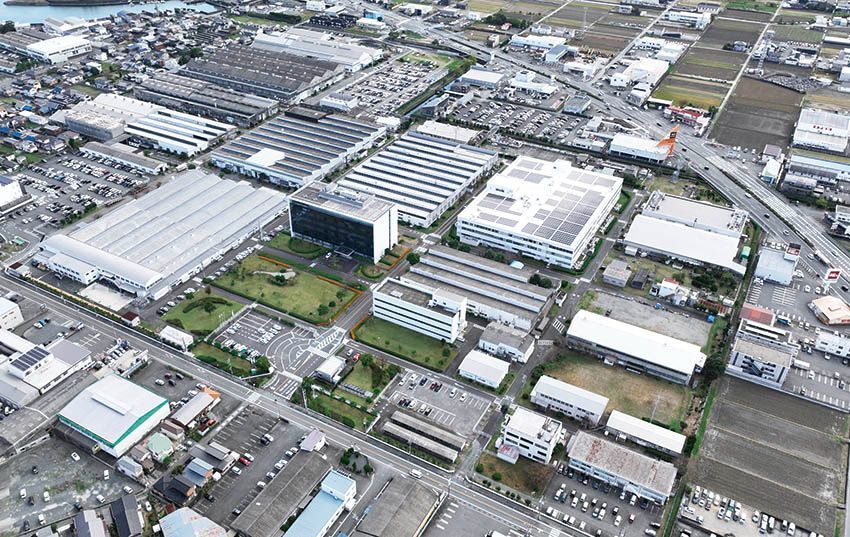
Ise Plant (Mie Prefecture)
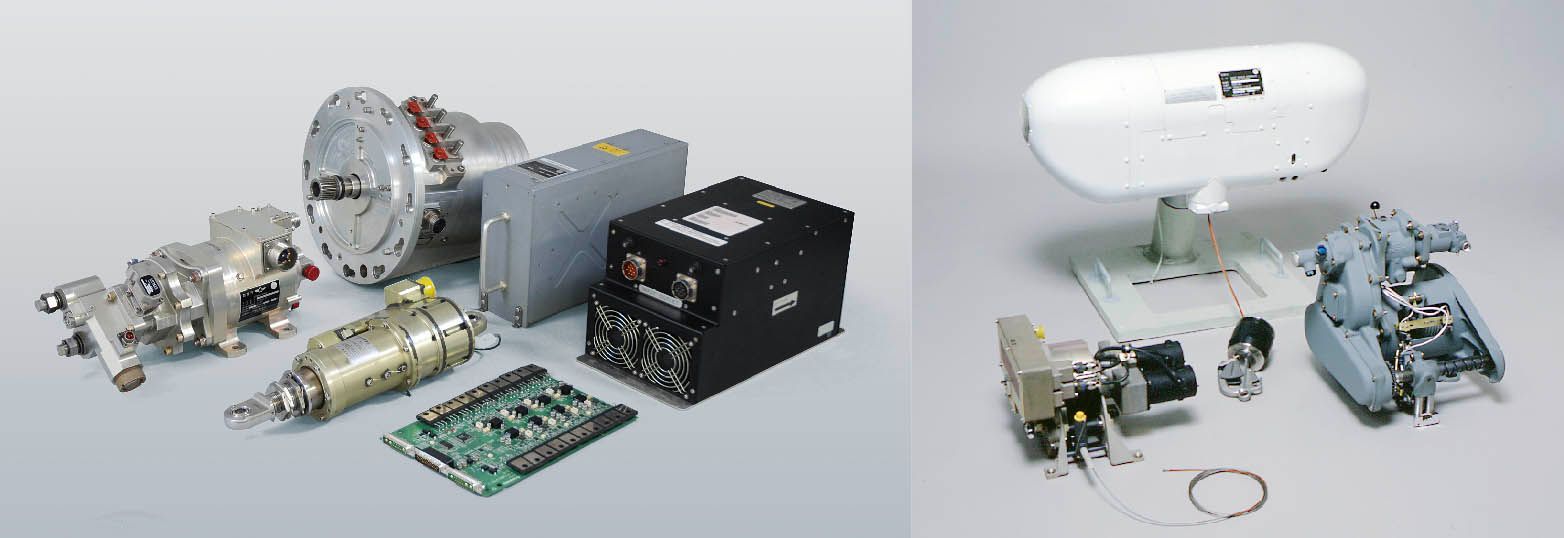
Electrical Components for Aviation and Aerospace
Outlook for SINFONIA's Aviation and Aerospace Businesses
Aerospace Field
In line with the government’s goal of doubling the scale of Japan's space industry (currently valued at approximately ¥1.2 trillion) by the early 2030s, Japan is improving the international competitiveness of its space equipment industry, including satellites and rockets, while also advancing its space exploitation industries, such as satellite communication and data provision.
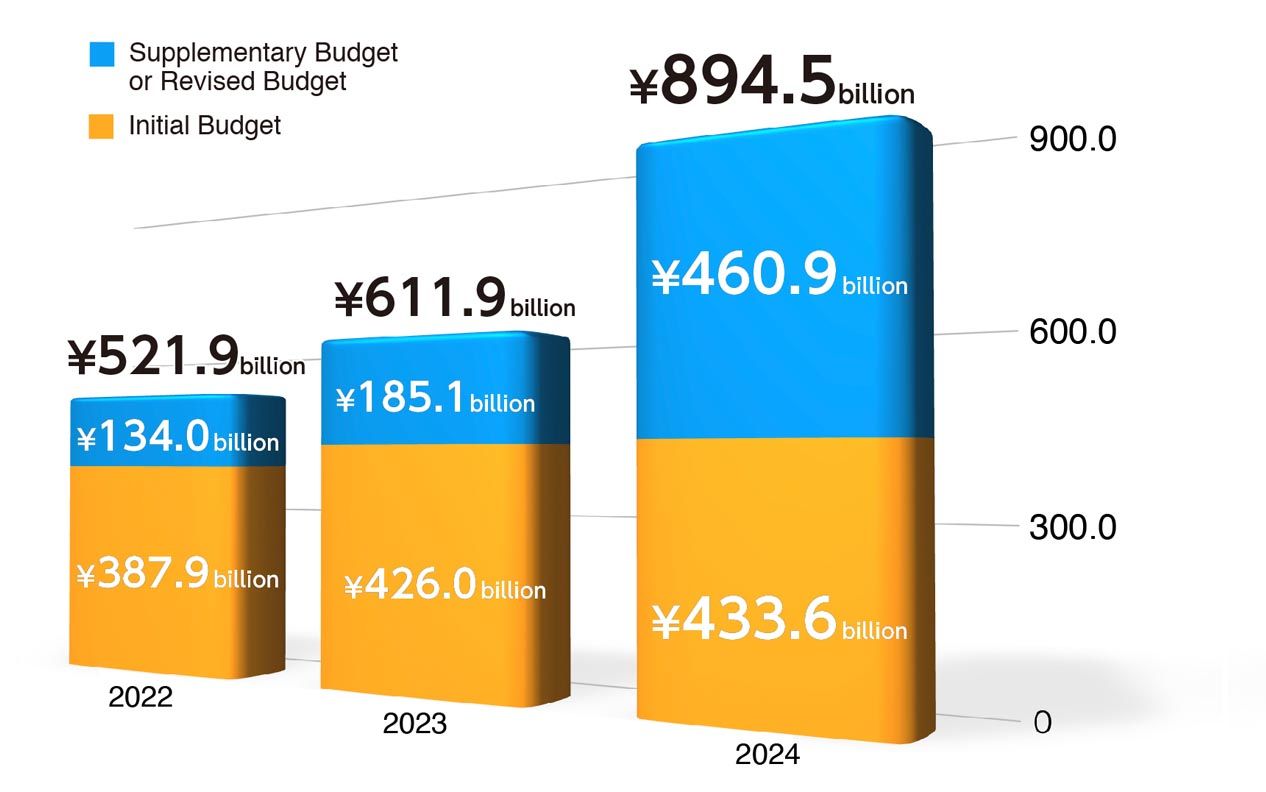
Budget for space-related projects in the initial budget proposal for FY2024 and the supplementary budget for FY2023
In addition to control system equipment for Japan’s flagship launch vehicle, SINFONIA is working on the development of equipment for satellites, lunar exploration, and other purposes.
Furthermore, the space industry will be increasing the frequency of launches in the future, providing more opportunities for our company's technology.
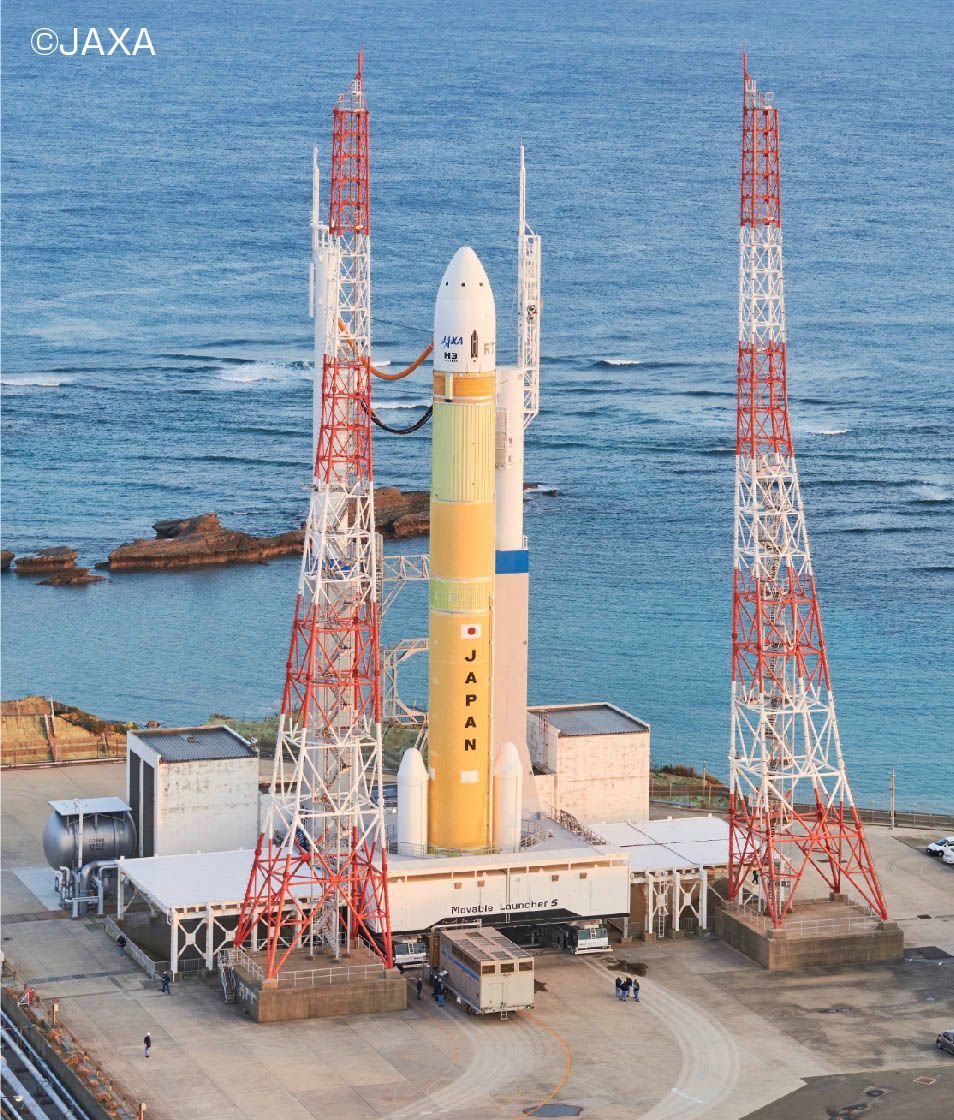
Aviation Field
The public and private sectors are currently working together to develop electric aircraft.
Tapping into our strengths, such as our track record in aircraft power generation system and the electrification of aerospace rocket actuators, SINFONIA is a participant in a consortium bringing together academia, industry, and government.
We are active in joint development projects with leading aviation manufacturers in Europe and the United States.
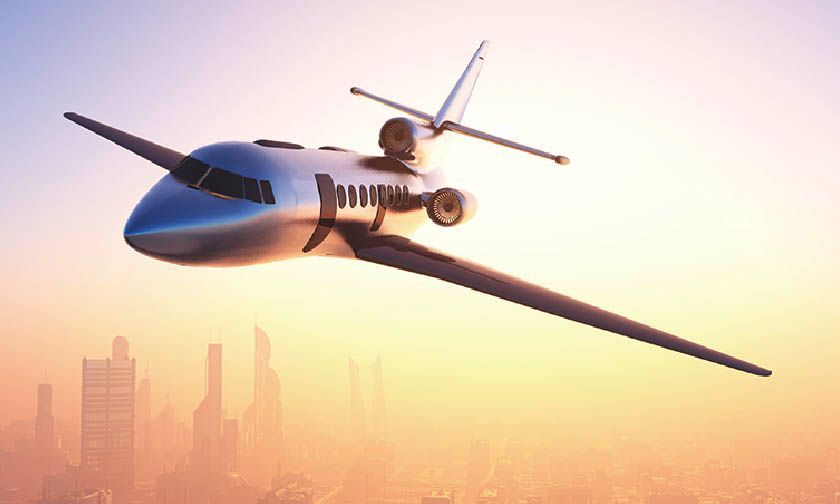
Light aircraft are transitioning towards electrification.
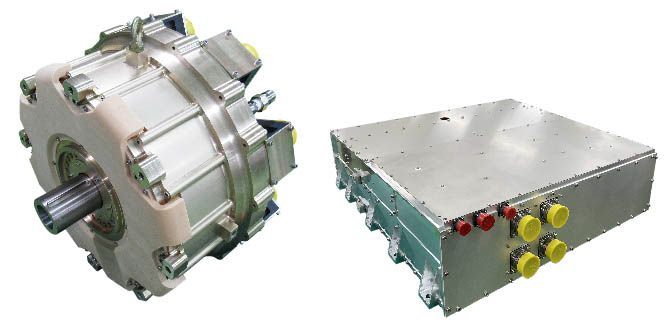
500kW high-power motor/controller for electric aircraft propulsion
Defense Field
The Ministry of Defense has designated 2023 as the first year of its plan to fundamentally strengthen the country’s defense capabilities, with a significant increase in budget that is expected to be maintained in the future.
As ever, SINFONIA will continue to contribute to national security with our unique technologies.

Store management system

Aircraft power generator
Quick Overview of SINFONIA
Growth Strategy: Semiconductor Industry
Growth Strategy: Aerospace Industry


